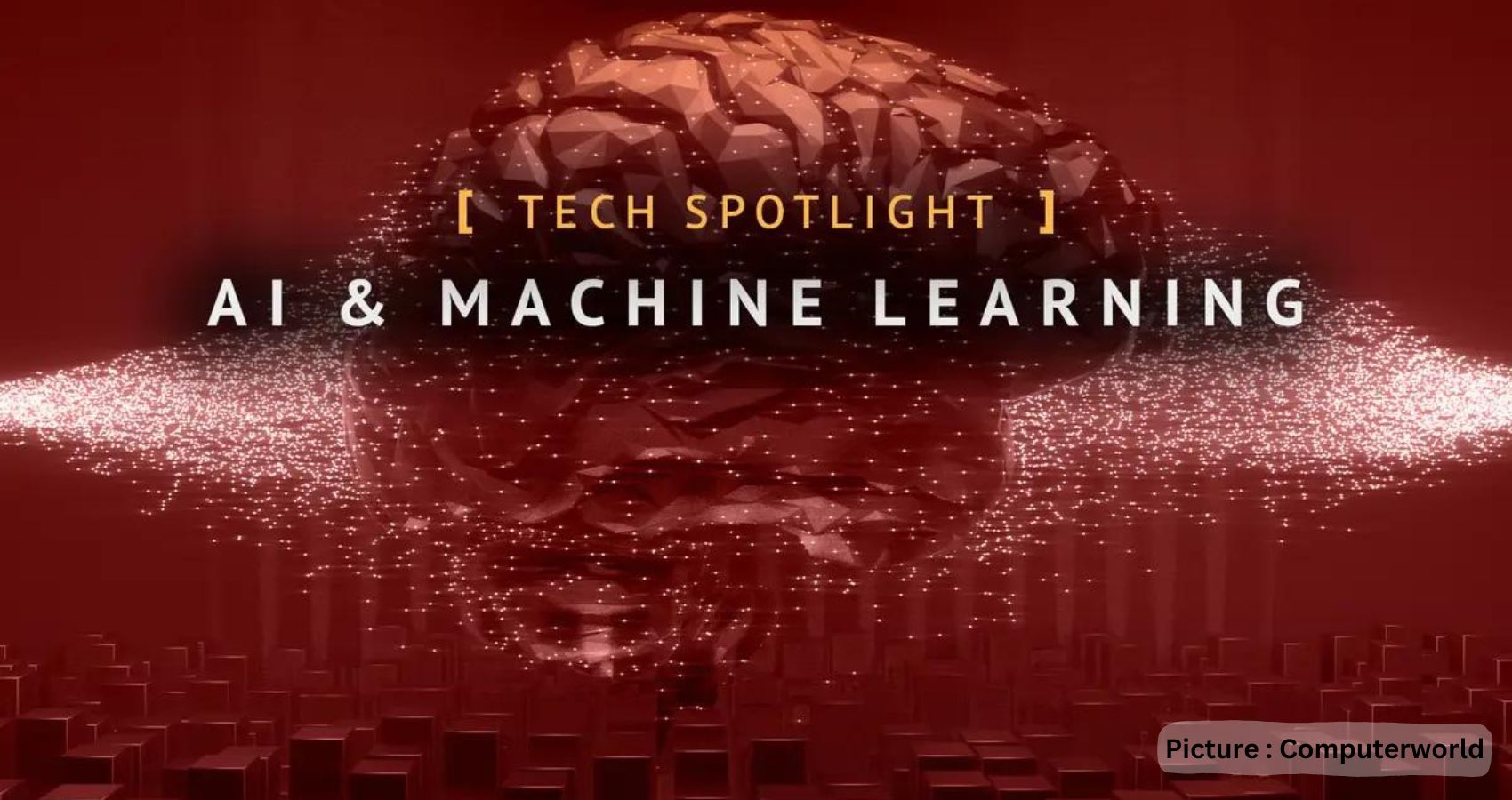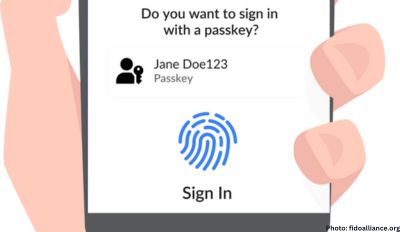Newswise — Most companies are likely to ‘employ’ a digital human within a decade, according to researchers from the University of Sydney Business School.
A digital human is a combination of artificial intelligence and a computer-generated avatar that can interact with people and produce realistic human speech and facial expressions in real time.
From Siri to ChatGPT, most of us have already interacted with artificial intelligence – sometimes without even knowing. Digital humans take this technology to the next level by overlaying it with the kind of powerful and lifelike visual effects once limited to Hollywood blockbusters.
Writing in Harvard Business Review, researchers from the University of Sydney, Indiana University and Iowa State University collectively drew on their research to offer insights on the future of the workforce where humans work side-by-side with digital employees.
They write: “When deployed at scale, digital humans will radically change the business landscape. They may not be as capable or versatile as human employees, but they have clear advantages when it comes to cost, customisability, and scalability.
“Once ‘hired’, they never tire, never complain, never seek a raise, and always follow company policy.”
What can a digital employee do?
Article co-author Dr Mike Seymour, senior lecturer at the University of Sydney and co-director of Motus Lab, said digital humans have already been successfully employed in a variety of fields.
The search for more engaging customer experiences has seen the invention of digital sales representatives who can suggest and model clothing and cosmetics for online shoppers.
Digital humans can be grouped into four basic categories:
Virtual agent: serves multiple users to complete specific, one-time tasks, such as customer service.
Virtual assistant: supports the user regularly with a specific task such as shopping or physical therapy.
Virtual influencer: supply their followers with non-customised content to market products or experiences.
Virtual companion: develops a close relationship with the user that is based on interaction for its own sake, not the completion of specific tasks, but can assist with tasks such as reminding users to take their medication.
“While I would cautiously warn companies not to blindly dive into this new technology, there are productivity gains in pairing the correct type of digital employee with suitable business functions,” Dr Seymour said.
“A traditional text interface such as a chatbot is preferred for quick interactions, but a digital human can do a much better job communicating complex instructions and emotionally engaging with a customer. They also work well in a situation where the customer isn’t sure what they want and is open to exploring options,” adds co-author Dan Lovallo, Professor of Strategy, Innovation and Decision Sciences at the University of Sydney.
Human employees will still be vital
Despite the promise and broad applications of AI-driven technology, the researchers do not believe digital humans will replace the real thing in any industry.
“We’re still a long way, if ever, from AI being able to recognise and respond to all the complex nuances of verbal and non-verbal communication,” said co-author Professor Kai Riemer, Head of Business Information Systems at the University of Sydney Business School.
“As realistic and lifelike as a digital human may seem, ultimately it is never ‘thinking’ and lacks any true understanding of what is being communicated.
“Its greatest advantage over existing AI technology is also its ultimate limitation: our own innate desire for face-to-face human interaction.”
Join the authors of the Harvard Business Review article in a webinar at 8:30am AEDT on Friday, February 25, where they will share their research on digital humans. The discussion will include more use cases of digital employees across multiple industries, current state-of-the-art strategies for deploying digital employees, and their thoughts on how digital employees will shape the landscape of future workforce.











